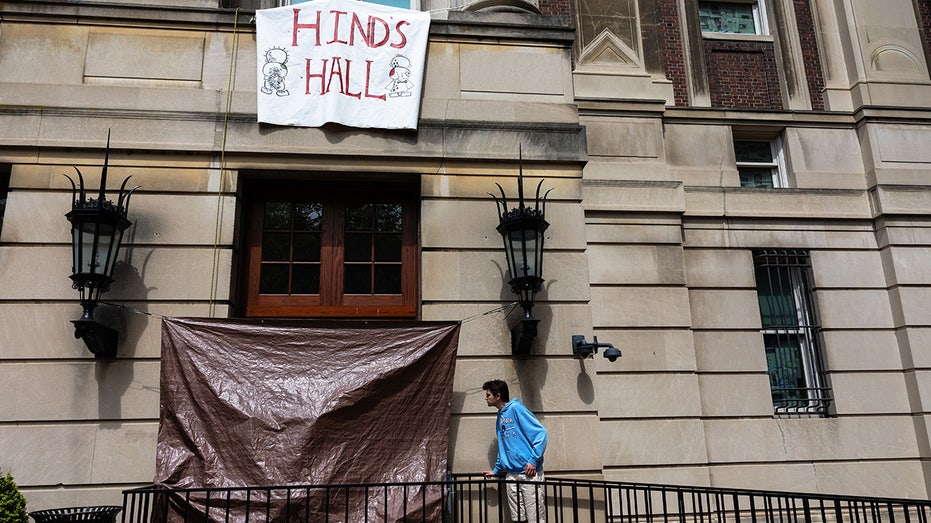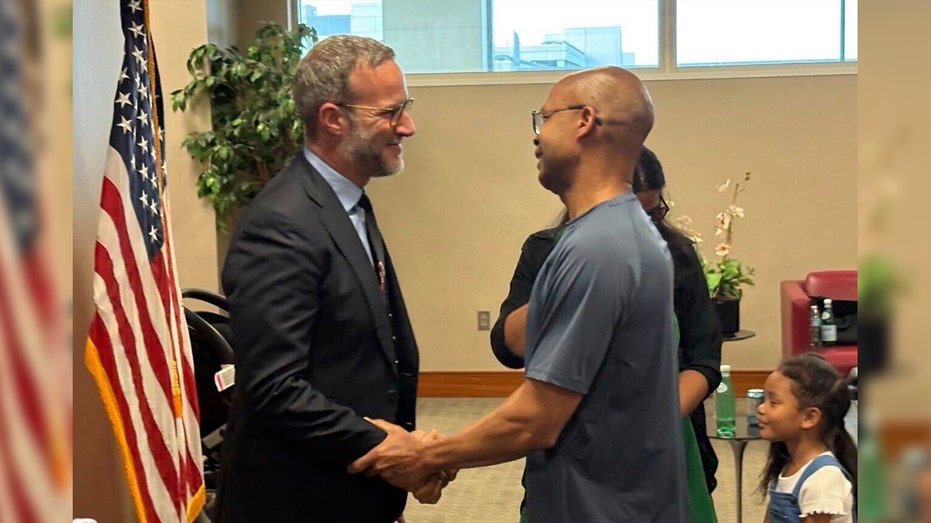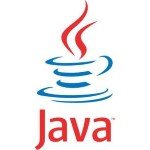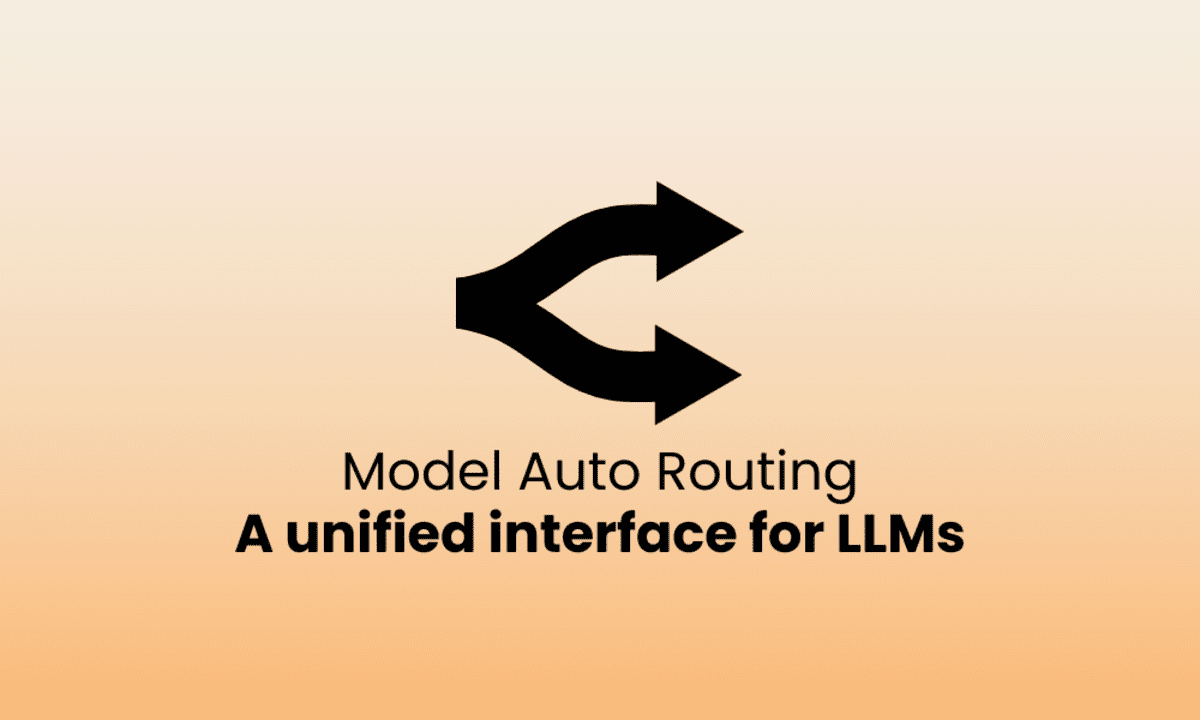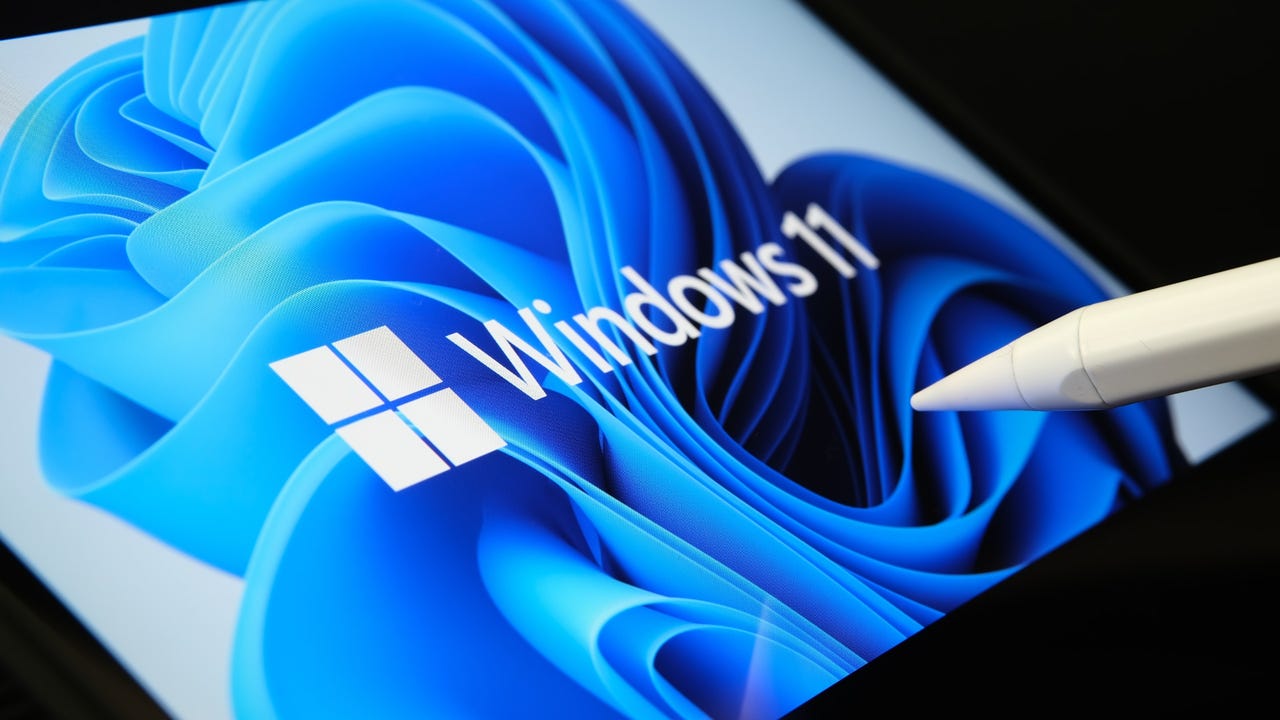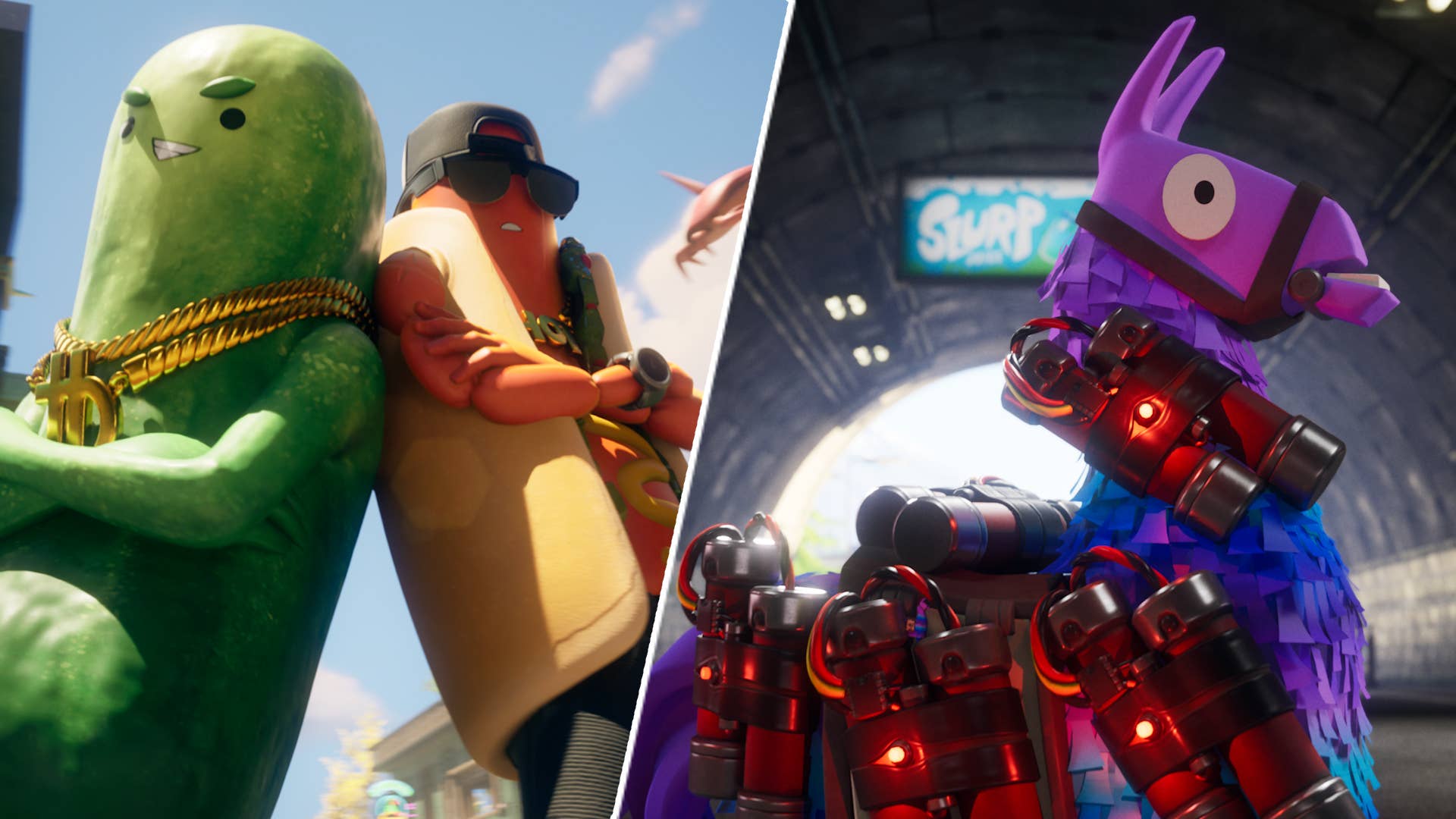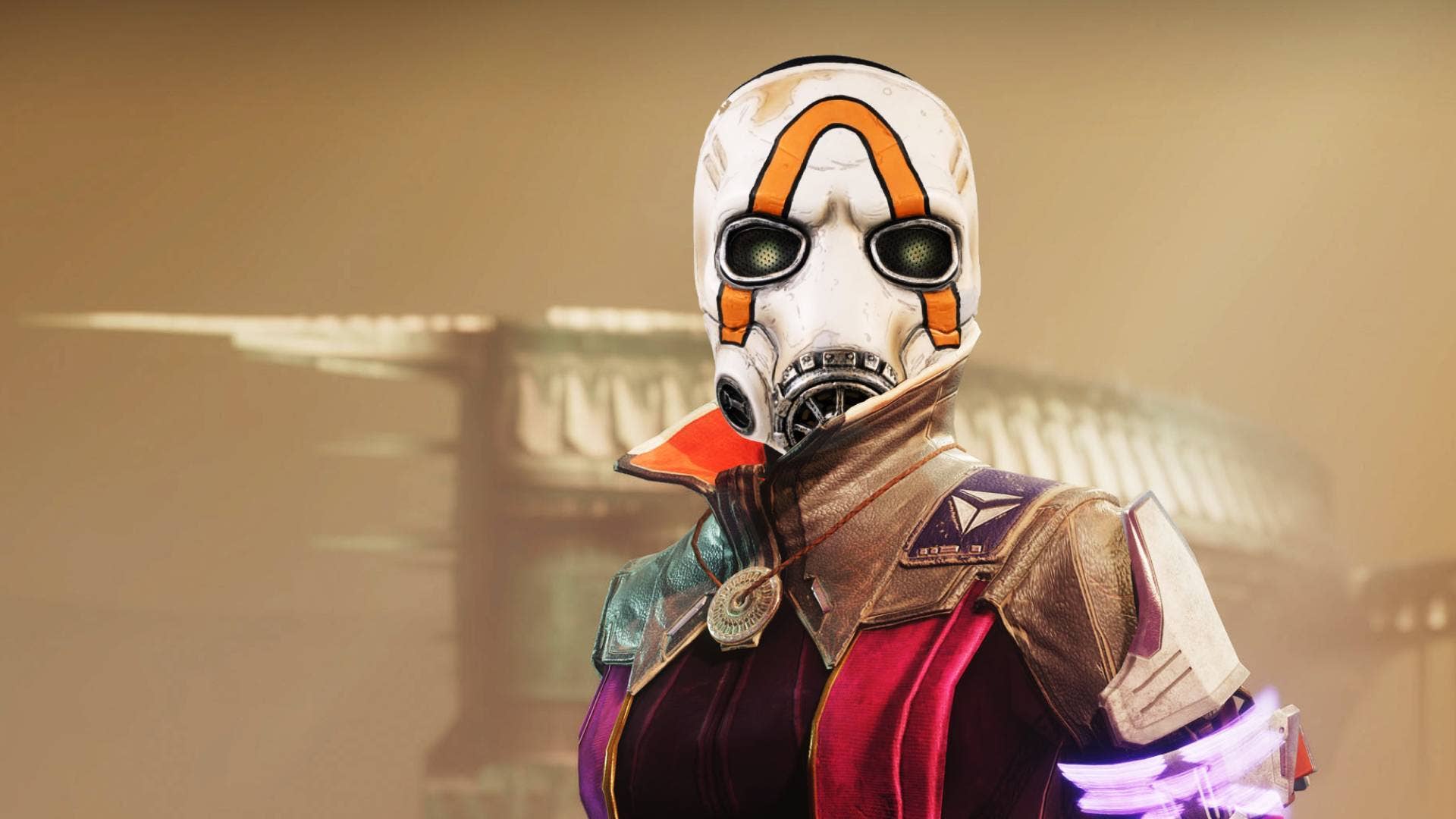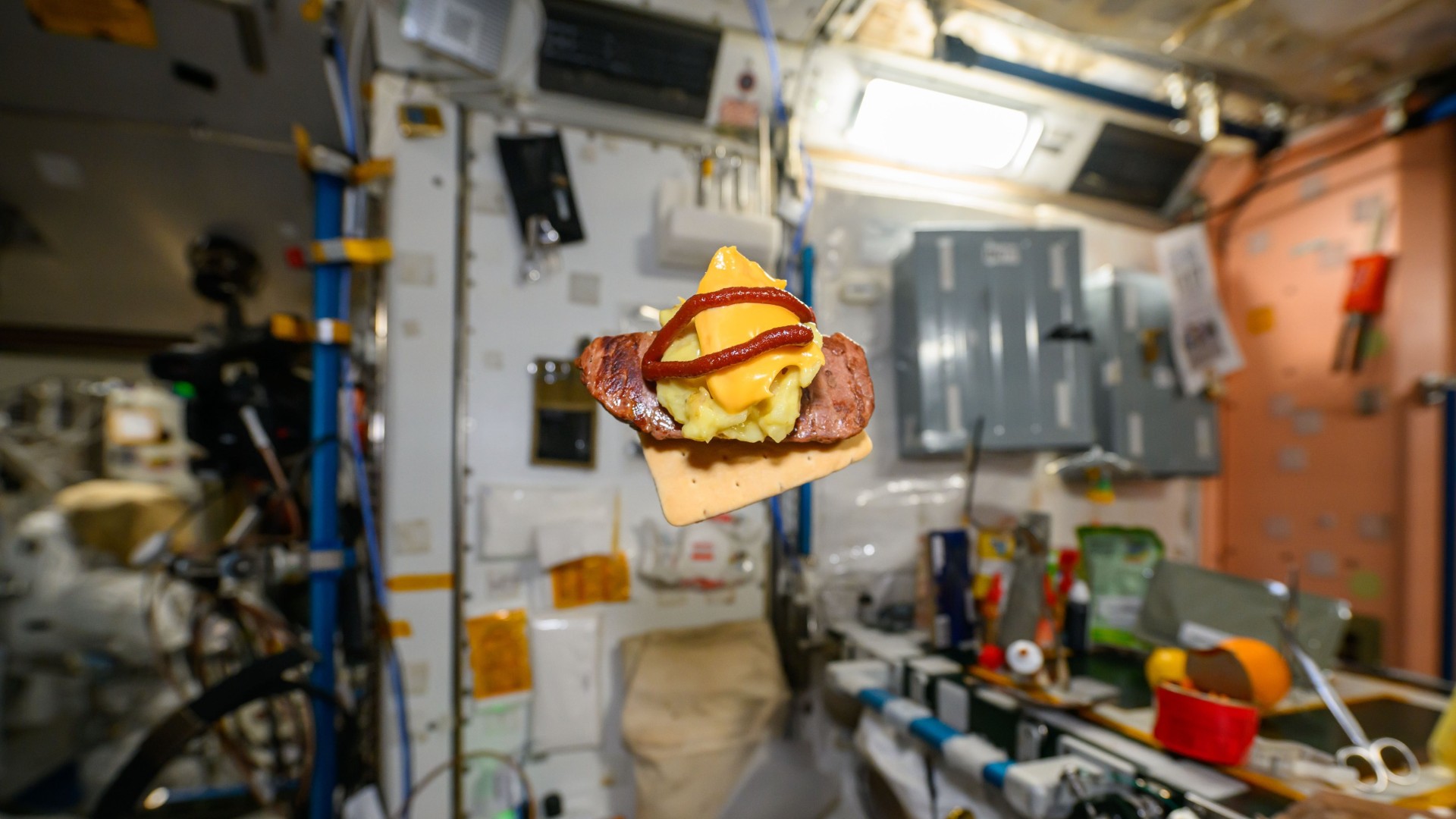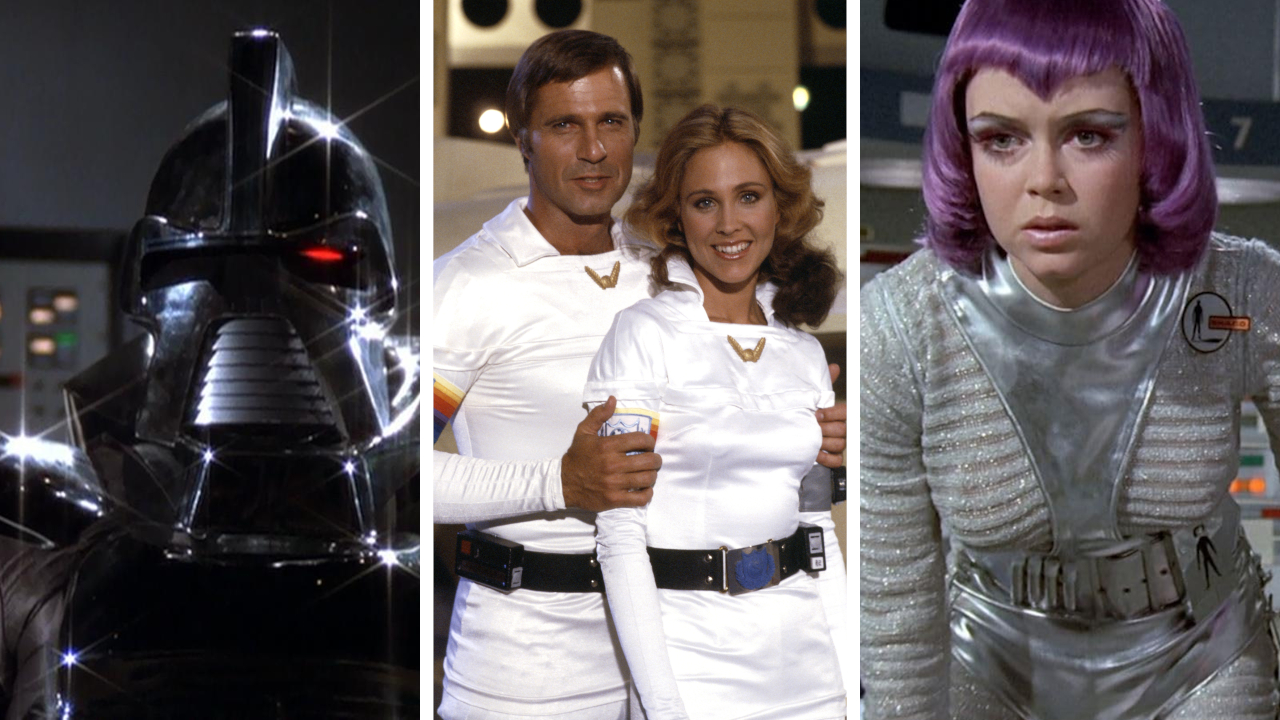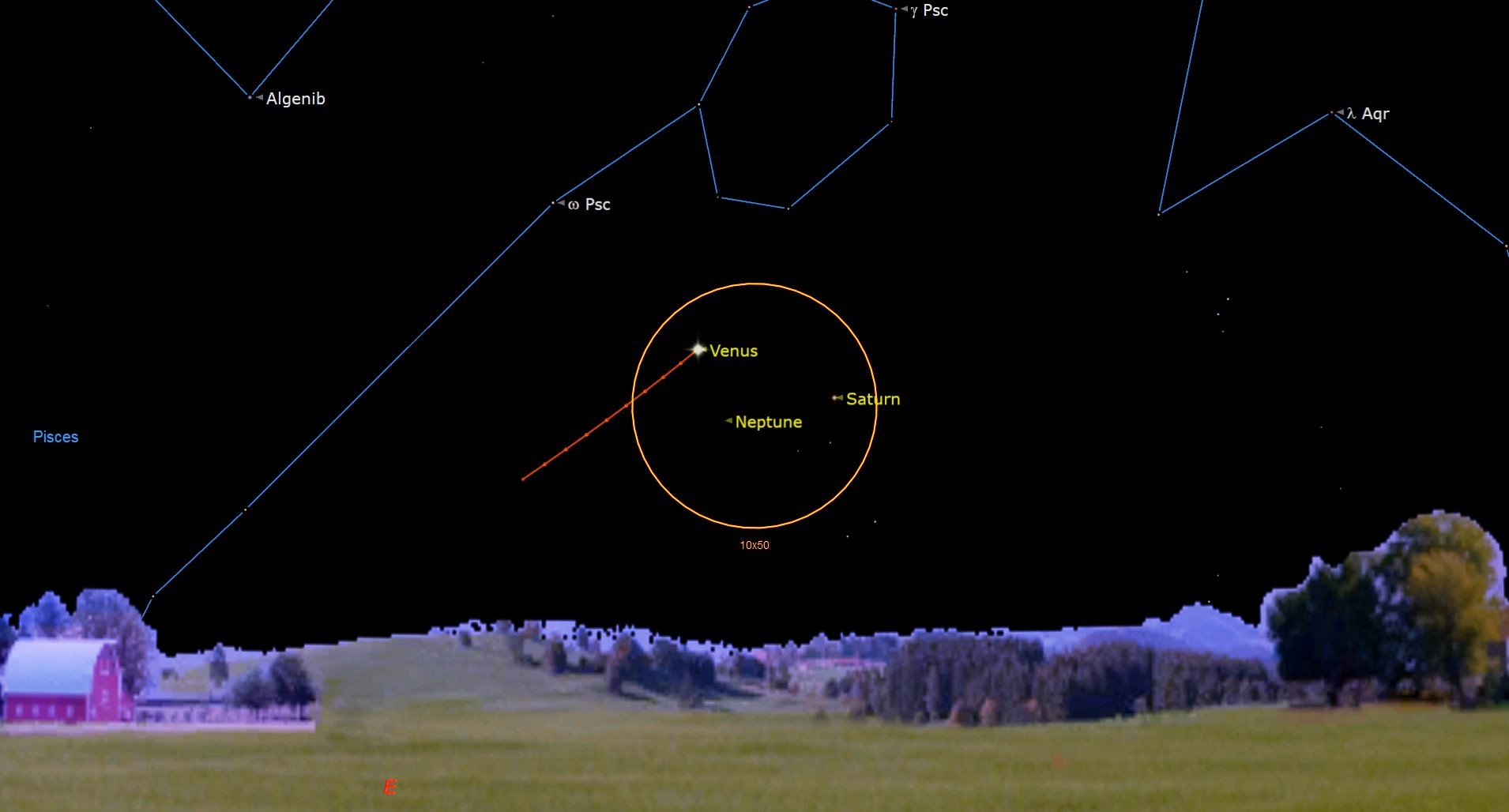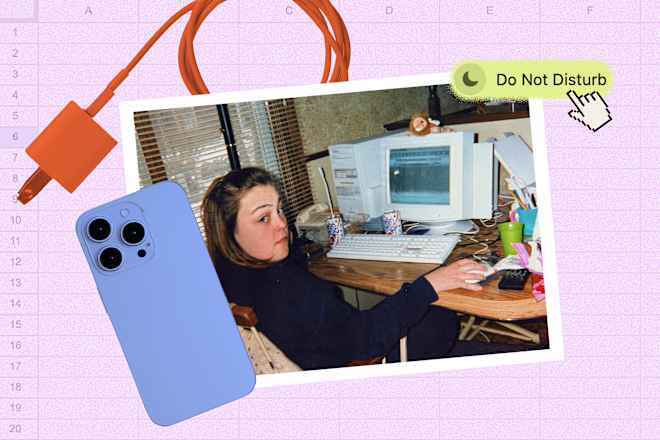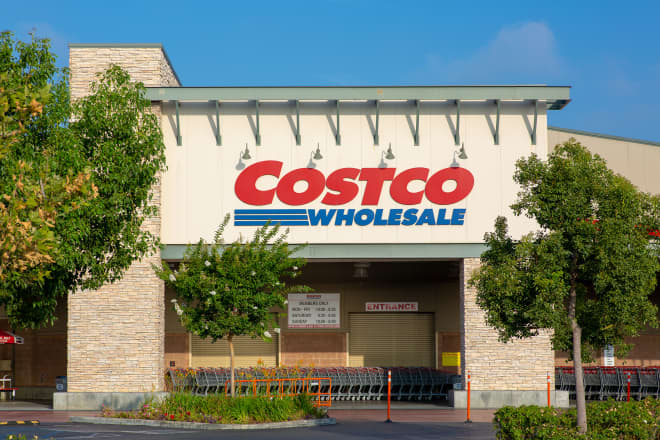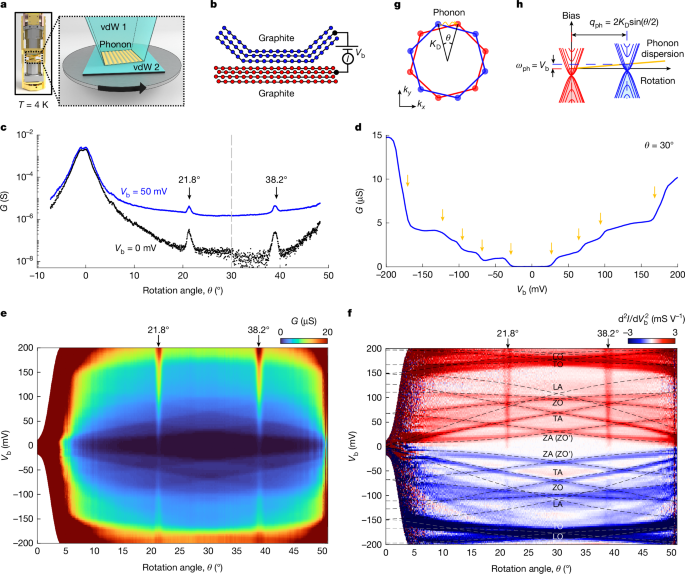How CADRE Passed Its Autonomy Testing
Getting missions to land successfully on the Moon has been difficult. Recent missions, such as IM-1 and IM-2, which the private company Intuitive Machines completed, have been qualified successes at best, with both landers settling at unintended angles and breaking parts of them off along the way. Such experiences offer excellent learning opportunities, though, and NASA is confident that a third time might be a charm for a flawless mission. There will be a lot riding on IM-3, the third Commercial Lunar Payload Services (CLPS) mission, including a set of rovers and ground station for a NASA experiment called the Cooperative Autonomous Distribution Robotic Exploration (CADRE), which recently passed its Verification and Validation (V&V) test for one of it's most essential parts. This software architecture handles tasks for each rover and binds them into a cohesive whole.


Getting missions to land successfully on the Moon has been difficult. Recent missions, such as IM-1 and IM-2, which the private company Intuitive Machines completed, have been qualified successes at best, with both landers settling at unintended angles and breaking parts of them off along the way. Such experiences offer excellent learning opportunities, though, and NASA is confident that a third time might be a charm for a flawless mission. There will be a lot riding on IM-3, the third Commercial Lunar Payload Services (CLPS) mission, including a set of rovers and ground station for a NASA experiment called the Cooperative Autonomous Distribution Robotic Exploration (CADRE), which recently passed its Verification and Validation (V&V) test for one of it's most essential parts. This software architecture handles tasks for each rover and binds them into a cohesive whole.
